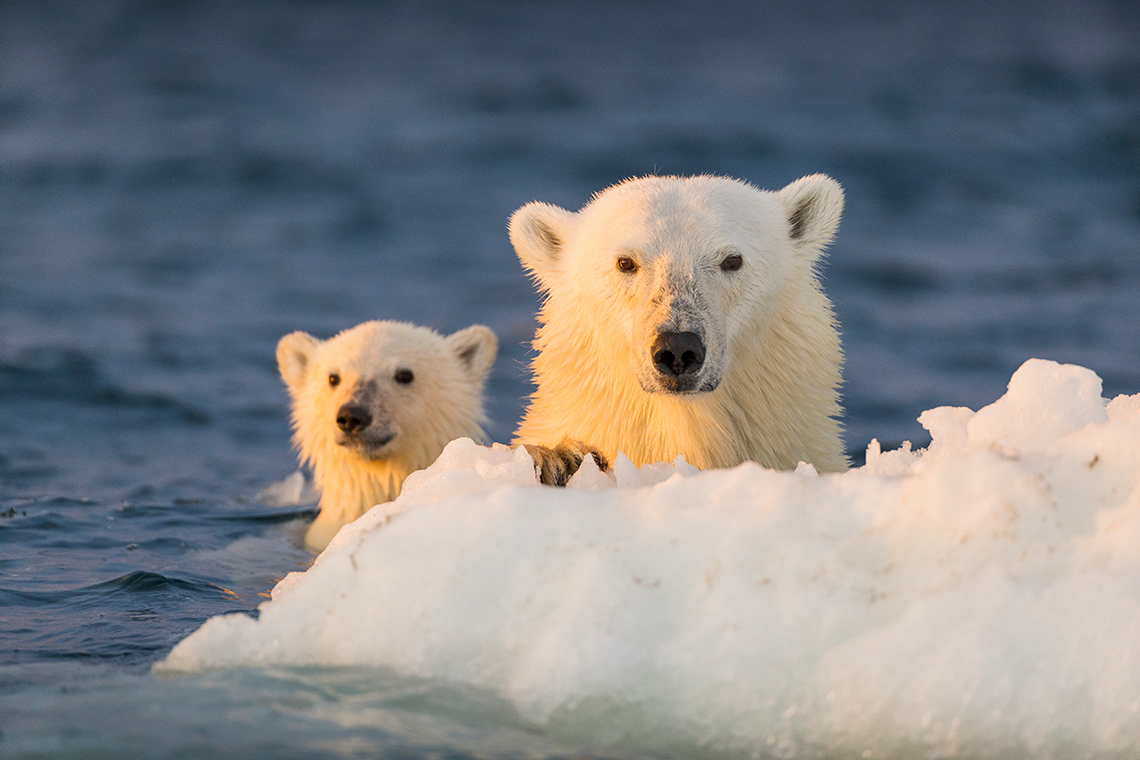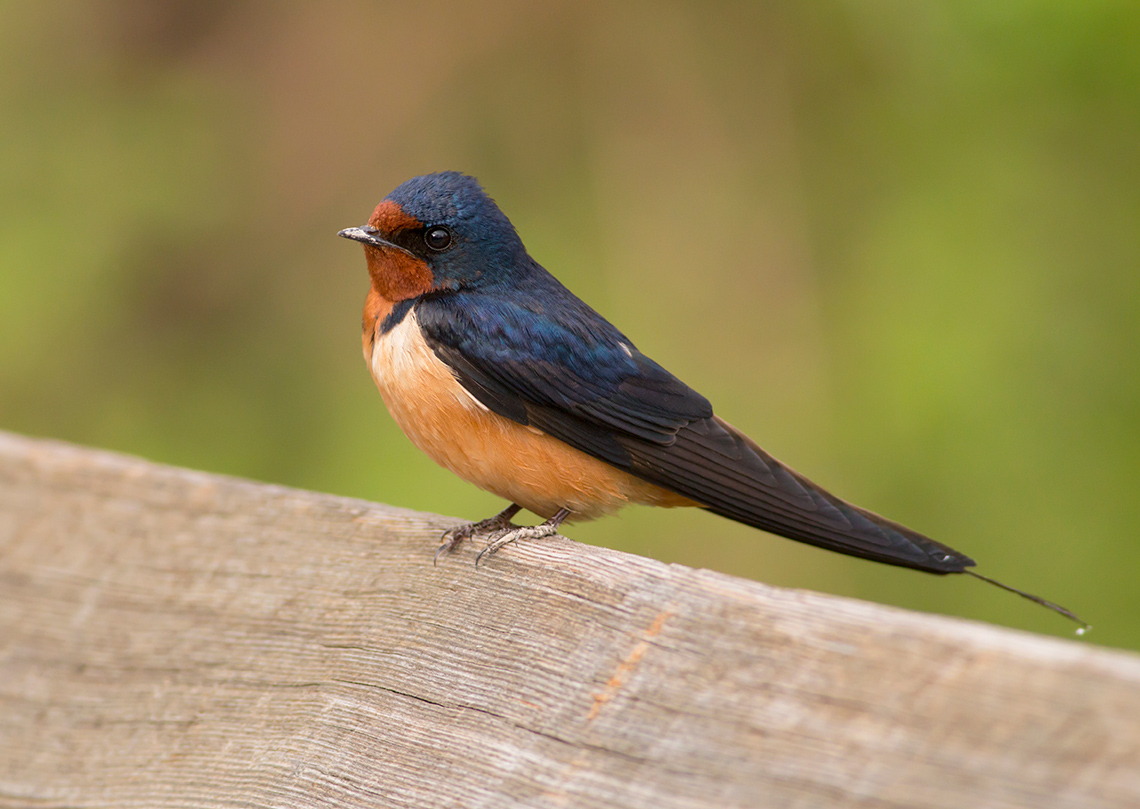Minds On
Many animals migrate
Why do some animals migrate south for the winter, and others do not?
Access the following video entitled “Migration” to discover why some animals can stay in the same place for winter.
What are some animals that migrate? After exploring the video, can you make a list of these animals that were discussed?
What are some animals that don’t have to migrate?
Record your list on the computer, on paper, in a recording, or in a method of your choice.
Action
What do animals do in winter?
In winter, animals have different behaviours to survive during a cold winter.
There are three different things animals can do.
Migrate
To migrate means to move to a different area to find food and shelter.
- birds, whales, salmon and reindeer are all examples of animals that migrate
Hibernate
To hibernate means to find a shelter and stay there for a long time. When animals hibernate, they are protected from the cold. Also, they can wait for more food to be ready!
- bears and bats are examples of animals that hibernate
Adapt
To adapt means that over time, animals have learned to eat a certain type of food or live a certain way so that they can survive the winter.
- the snowshoe rabbit’s fur is an example of a way an animal can adapt
Show what you know
Match the animal to how they survive the winter.
Animal migration
Once an animal migrates, why don’t they just stay there?
Scientist Marla Barker can help us answer this question! She studies the migration of whales.
Explore the following video entitled “Finding Stuff Out:‘Migration” to find out more about whale migration.
Now, let’s respond to some questions about whale migration! Consider what we learned in the previous video to help you answer these questions.
We have learned some new information about whales from Marla Barker.
When I learn new information from scientists, I:
Animal behaviours
Why do some animals migrate, some hibernate, and some adapt?
Check out the following video entitled “Finding Stuff Out: Migration” to learn more about animal behaviours.
After exploring this video, answer the following question:
How do animals find food and warmth in the cold winter?
Record your answer in a method of your choice.
Press ‘Possible Answer’ to find out one possible answer!
Animals migrate to find warmth and food. Even when animals migrate, they can still sometimes find it difficult to find to get what they need. Not being able to find food, shelter, and warmth can put a species at risk.
Canadian contributions

Canadian scientists research the behaviours and changes in the number of animal species in Canada. If the numbers of an animal are less than they used to be, scientists try to discover why. They also list the animal as one that needs help under the Species at Risk Act. The Species at Risk Act is a law that protects animals and plants.
If a species is listed as endangered, scientists are worried that it might become extinct, like the dinosaurs. Scientists are working very hard to protect the animals that are left.
If a species is listed as threatened, it means the scientists have noticed there are a lot less of that animal than there used to be. They are working hard to protect where it lives, what it eats, or behaviours it needs for survival.
The barn swallow is a bird that is threatened in Canada. Let’s investigate!
The barn swallow

The following graph tells the story of the barn swallow population over the last 50 years. What do you notice?

After exploring the graph, answer the following question about barn swallow population.
Like many animals, the life cycle and movements of barn swallows have a pattern of behaviours that happen every year.
Let’s investigate what behaviours happen when, and where each behaviour happens to try to figure out why there are less and less barn swallows each year.
Barn swallow behaviour
Check out the following information about barn swallow behaviour. Each section tells you what the barn swallow is doing when and where it is.
Press the following tabs to find out more about what, where, and when for barn swallows.


What: Enjoying the warmth of the south and changing to their flying feathers to get ready to head north back to Canada.
When: January and February
Where: South America

What: Finished molting (changing feather types) and starting to fly north through the United States.
When: March and April
Where: Central America to the United States
Check out the following video to learn more about how barn swallows make their nests!

What: Nest building time! Swallows build cup nests made from pellets of mud that they spit out to build the nest and then lay eggs.
When: May
Where: Canada
Explore the following video to learn more about baby barn swallows.

What: Most baby barn swallows are born in June. Parents are busy.
When: June
Where: Canada
Check out the following video of a barn swallow singing.

What: Swallows gather as a group to prepare to head south.
When: July
Where: Canada

What: Fall migration for barn swallows over much of Canada and the US. Watch for flocks along their migration pathways gathering along telephone wires.
When: August
Where: Canada heading south
Consider the following video of a barn swallow that is in the process of changing their feathers.

What: Changing back to flight feathers and heading south.
When: September and October
Where: Mid-United States to South America
Access the following video of barn swallows flying together.

What: Enjoying an insect feast and the warm South American sun!
When: November and December
Where: South America
How do barn swallows and other birds know where to go each year to find the food, shelter, and warmth they need? Let’s investigate with Zoey!
Access the following video entitled “Finding Stuff Out: Migration” to learn more about migration.
Now, let’s respond to some true or false questions about barn swallow migration!
Adapting behaviour
Not all birds migrate, and they don’t hibernate either. Some birds adapt their behaviours to make it through their winter with enough shelter and food.
Let’s explore how emperor penguins in Antarctica keep their young warm and fed.
Access the following video entitled “Finding Stuff Out: Migration” to learn about emperor penguins.

Emperor penguins keep their young warm and fed with the following behaviours:
- keeping the eggs warm by keeping them off the ice
- keeping the babies warm by keeping them off the ice
- fishing to bring back food for the babies and fathers
Pause and Reflect
Pause and reflect
What are two ways that Emperor penguins adapt to winter differently than barn swallows?
Why do you think some birds migrate and others do not?
Record your answer in a method of your choice.
Consolidation
Planning ahead
This learning activity connects new and existing approaches for young scientists to create positive changes in their communities.

To survive the cold of Canadian winters, many animals have adapted their behaviour or will hibernate or will migrate.

Barn swallow migration
Now that you have learned about a year life cycle of a barn swallow, put the barn swallow migration behaviours into the proper spots! You can write or draw the behaviours in the correct month or months.
Use the Barn Swallow Behaviours Calendar in your notebook or using the following fillable and printable document to explore the 5 migration behaviours.

Press the Activity button to access the Barn Swallow Behaviours Calendar.
Activity (Open PDF in a new tab)When you’re ready, press the ‘Answer’ button to reveal the answers to this activity.
|
January |
February |
March Migrate north 
|
April Migrate north 
|
|
May Build a nest 
|
June Eggs hatch into baby birds 
|
July |
August |
|
September Migrate south 
|
October Migrate south 
|
November Eat insects in the warm south 
|
December Eat insects in the warm south 
|
Do you think that any of these behaviours are safer than the others as a way to survive in a cold winter? Why or why not?
Record your ideas in a method of your choice.
Reflection
How do you feel about what you have learned in this activity? Which of the next four sentences best matches how you are feeling about your learning? Press the button that is beside this sentence.
I feel…
Now, record your ideas about your feelings using a voice recorder, speech-to-text, or writing tool.